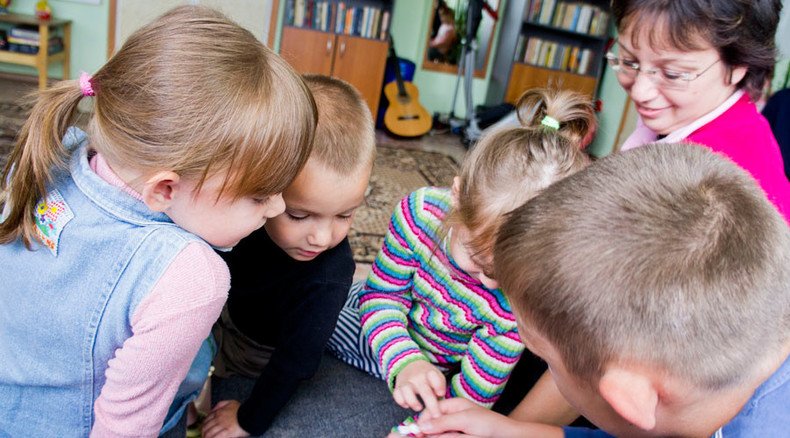A glimpse inside Russia’s orphanage system

I often hear questions on how the orphanage system in Russia works. So here is a short introduction to both the mechanics and the reasons why children find themselves in care homes.
There are two major types of social institutions taking care of children who need help in Russia. One is called “rehabilitation centers for support and psychological assistance” – this is the place children are taken to if the situation requires. There they can stay up to six months while social workers and psychologists work out their situation at home. Sometimes children are sent into the orphanage system after the loss of parents or any other carer, but more often they are so-called “social orphans” with a family, but the situation there is so deplorable kids are better off in a care home.
Drinking, drug usage and criminal activity are high on the list of reasons for children being placed in state-run homes. But sometimes families face psychological problems – for example, teenagers and their parents run into a conflict so devastating they need to live apart for a while to sort out their issues with professional help. There are all sorts of circumstances as to how children become orphans. There was one particular story involving a family of refugees - a mother with two children was travelling by train. The mother died during the trip of some undiagnosed condition. These are the situations where rehabilitation centers step in: they welcome children to their new temporary home and give a helping hand to struggling families.
At these facilities, children receive medical care, education, psychological help, and the family gets psychological consultations and often the help of a social worker in finding jobs, improving living conditions, and simply getting their lives together.
There are two ways children can leave the rehabilitation centers: They can return to their family once the problems are solved, or relocate to an orphanage if the family situation has not improved. We are helping a rehabilitation center and an orphanage in the same area, and we’ve seen several children from the center moving on to a care home, so that we stayed in touch and helped out all their life “in the system”.
Orphanages are the homes where children live until the age of 18 – or until they enter a college or a university and move to the dorms there. Most orphanages are trying to create cozy, close, welcoming environment filled with love, respect and trust. Children live in small groups in a family-like setting where siblings are close and given some personal space. Sometimes orphanages have a school of their own, especially those with kids that require special attention, but more often kids attend a regular school with all the other children in town.
During their stay in the orphanage children receive a small allowance, and it is normally deposited into their bank accounts. The children cannot access the money until they are 16. This, however a great help when starting a life on their own, is also a problem: kids grow up without understanding how money works and no idea as to the price of things. Often teachers and social workers have to take them shopping for the first time so that they see how fast all the money can be spent. Still, often we see that boys and girls receive their allowance and spend all of it at once, thus finding themselves in very difficult situations.
Children that have nowhere to go after they graduate from school are given a one bedroom apartment by the state, as mandated by Russian law. To make sure all the property is provided and paid for, and the children move into their own homes guaranteed by the state, most orphanages work with welfare offices or have a social worker with a legal education on staff. Teaching children to take care of their property, paying the bills etc. is also the job of orphanage staff.
Orphanages are not prisons: anyone can visit and all the contact information about every single care facility is published openly on the web. Relatives of the children in the orphanage, people willing to adopt children, or volunteers like us visit regularly. In the past few years we are seeing a very noticeable increase in the number of people adopting children. And I’m happy to say that some of our volunteers did so, too, and now come visit with their adopted children.
Tina Berezhnaya, RT charities coordinator
The statements, views and opinions expressed in this column are solely those of the author and do not necessarily represent those of RT.













